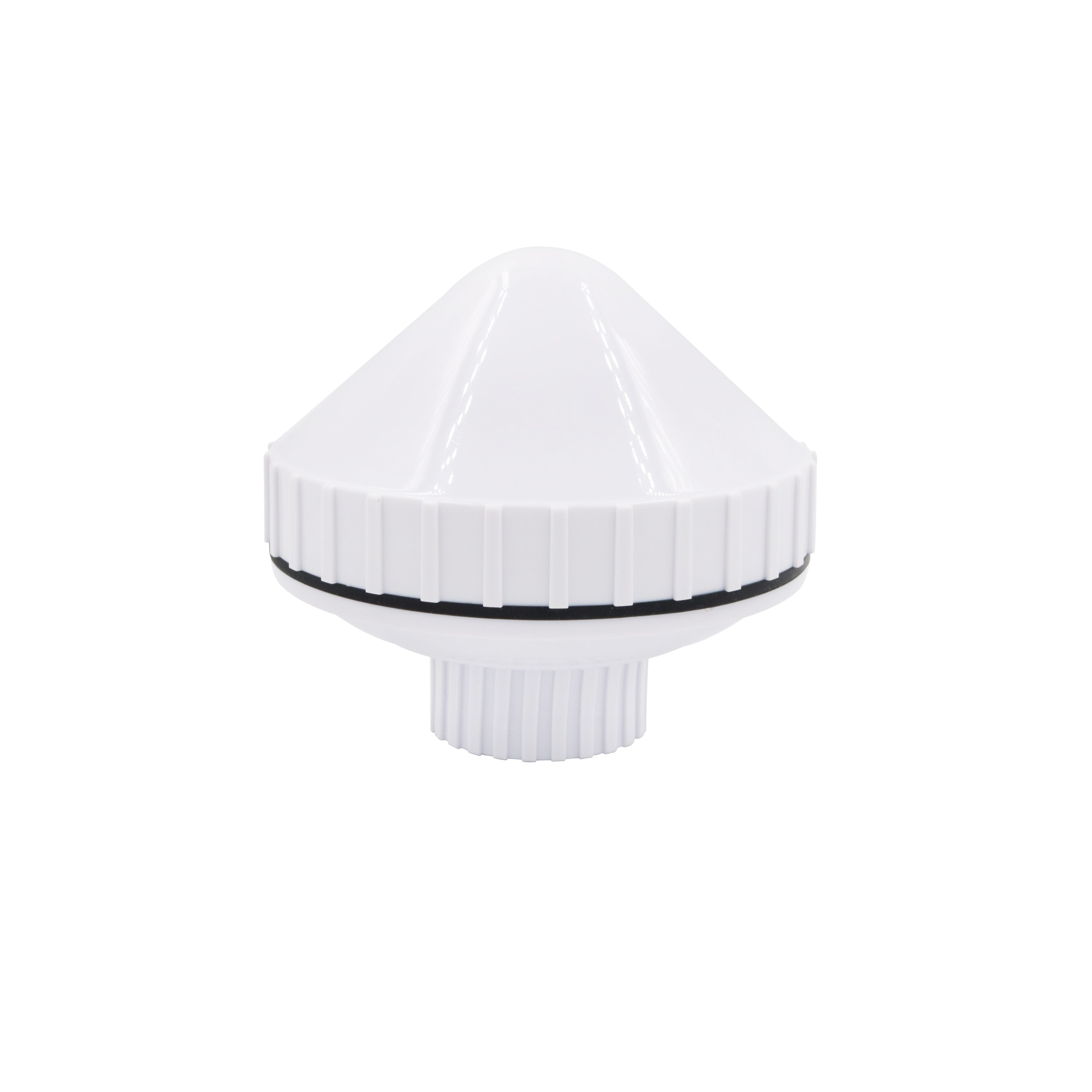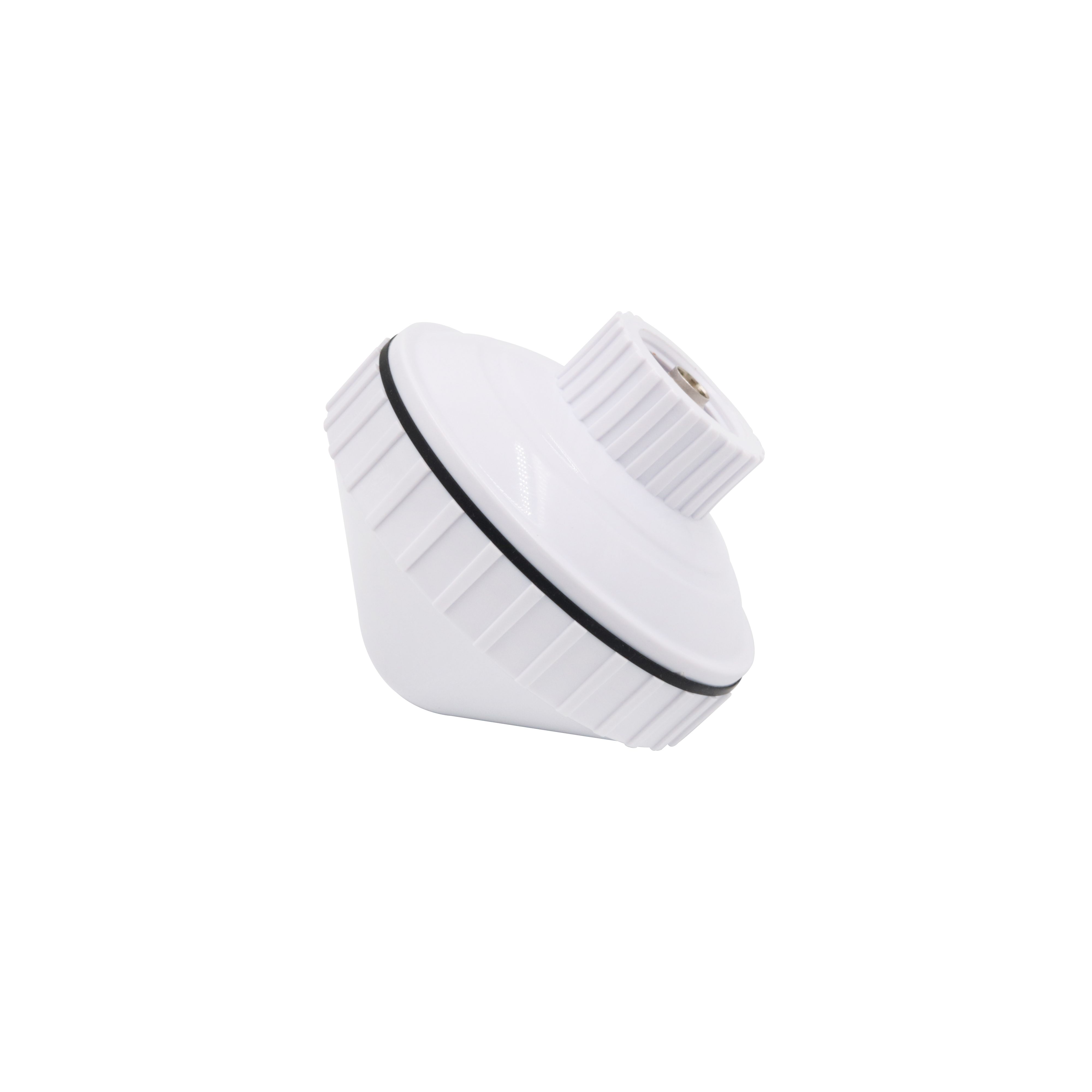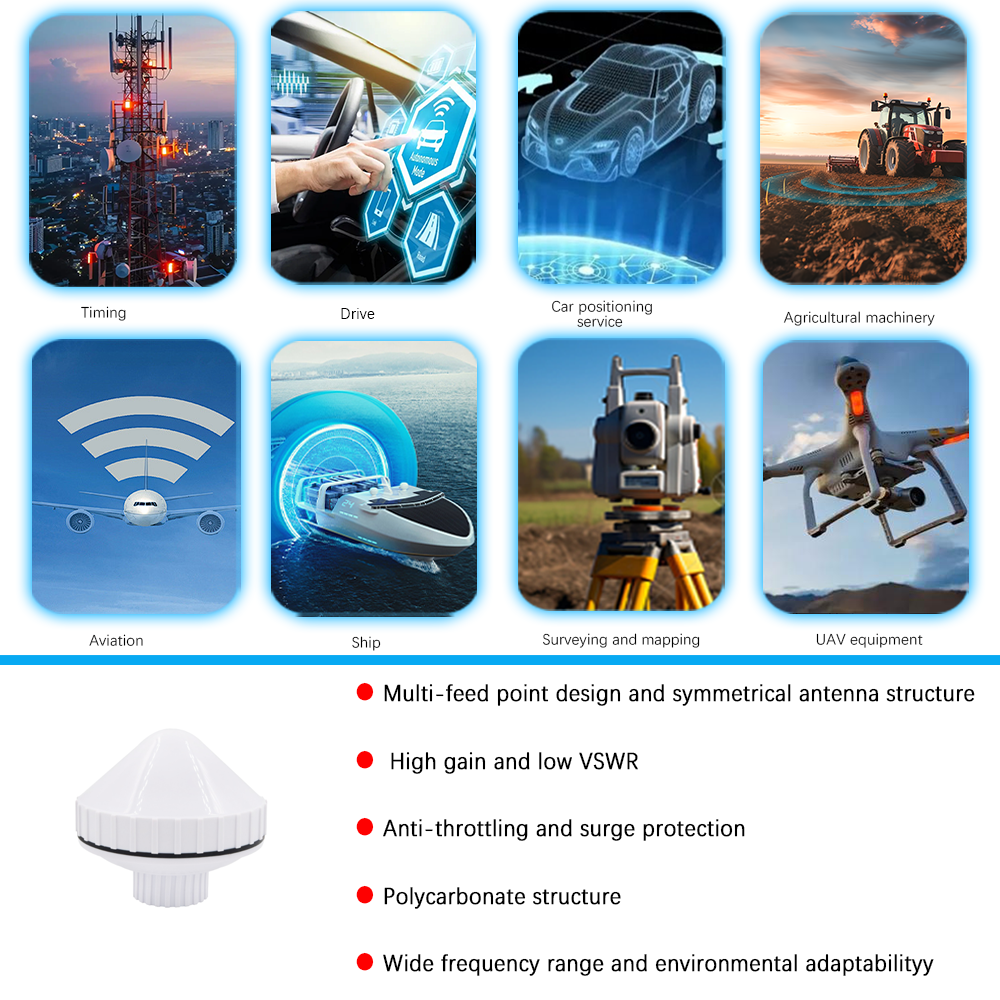4.1 Advantages
4.1.1 High - Precision Navigation
One of the most significant advantages of boat - mounted marine GNSS antennas is their ability to provide high - precision navigation. With the use of multi - constellation and multi - frequency technology, modern marine GNSS antennas can achieve positioning accuracies of less than a meter in many cases. This level of accuracy is crucial for various marine applications. For example, in commercial shipping, accurate navigation is essential for safe passage through narrow channels, berthing at ports, and avoiding collisions with other vessels. In the fishing industry, precise positioning allows fishermen to accurately locate fishing grounds, reducing fuel consumption and increasing catch efficiency. For recreational boaters, high - precision navigation provides a sense of safety and confidence, especially when exploring unfamiliar waters.
4.1.2 Global Coverage
GNSS systems, including GPS, GLONASS, Galileo, and BeiDou, offer global coverage. This means that regardless of where a boat is located in the world's oceans, as long as there is a clear line of sight to the satellites, the marine GNSS antenna can receive signals and provide navigation information. This is in contrast to some other navigation systems, such as terrestrial radio - based navigation systems, which have limited coverage areas. The global coverage of GNSS antennas makes them ideal for long - distance voyages, international shipping, and exploration in remote areas of the ocean.
4.1.3 Robustness to Environmental Conditions
Marine GNSS antennas are designed to be highly robust to the harsh environmental conditions encountered at sea. Their waterproof and dustproof enclosures, along with corrosion - resistant materials, ensure that they can withstand saltwater, high humidity, strong winds, and extreme temperatures. Additionally, the advanced signal processing techniques used in these antennas, such as multipath mitigation and interference rejection, make them more reliable in challenging environments. For example, in areas with a lot of multipath interference, such as near large coastal cities or in crowded harbors, the antenna's ability to filter out the reflected signals and focus on the direct satellite signals helps in maintaining accurate positioning.
4.1.4 Integration with Other Systems
Marine GNSS antennas can be easily integrated with other onboard systems on a boat. They can provide position, speed, and heading information to navigation displays, chart plotters, autopilots, and other navigation - related equipment. This integration allows for a seamless navigation experience, where all the necessary information is presented in a unified and coordinated manner. For example, the autopilot system can use the position and heading information from the GNSS antenna to automatically steer the boat along a pre - defined route, reducing the workload on the crew and improving the overall safety of the voyage.
4.2 Challenges
4.2.1 Multipath Interference
Multipath interference is one of the major challenges faced by marine GNSS antennas. As mentioned earlier, multipath occurs when the satellite signals bounce off surfaces such as the water, boat hull, or nearby structures before reaching the antenna. These reflected signals can interfere with the direct satellite signals, causing errors in the position calculation. In a marine environment, where there is a large expanse of water that can act as a reflector, multipath interference is particularly prevalent. To mitigate this problem, advanced antenna designs and signal processing techniques are used, such as circularly polarized antennas and multipath mitigation algorithms. However, completely eliminating multipath interference remains a challenge, especially in complex environments.
4.2.2 Interference from Other Devices
There is a growing number of electronic devices on boats, such as radios, radars, and communication systems, which can potentially interfere with the GNSS antenna's signal reception. These devices operate at frequencies that may overlap with the GNSS frequencies, causing interference. For example, a nearby VHF radio transmitter may emit signals that disrupt the GNSS signals received by the antenna. To address this issue, proper shielding and filtering techniques are used in the antenna design. Additionally, regulatory bodies have set limits on the emission levels of electronic devices to minimize interference with GNSS systems. However, ensuring complete interference - free operation in a crowded electromagnetic environment can be difficult.
4.2.3 Satellite Signal Blockage
In some situations, the satellite signals may be blocked, resulting in a loss of signal reception or degraded performance. This can happen when the boat is in a narrow fjord, near tall buildings, or under a bridge. The physical obstructions can prevent the satellite signals from reaching the antenna, or they can cause the signals to be weakened or distorted. To overcome this challenge, some marine GNSS antennas are designed to have a wide field of view, allowing them to receive signals from satellites in different directions. Additionally, backup navigation systems, such as inertial navigation systems, can be used in case of a complete loss of GNSS signal.
4.2.4 Cost - Effectiveness
High - performance marine GNSS antennas, especially those with advanced features such as multi - constellation and multi - frequency capabilities, can be relatively expensive. This cost can be a barrier for some boat owners, particularly those with smaller or budget - conscious vessels. Balancing the need for high - quality, accurate navigation with the cost - effectiveness is a challenge for both antenna manufacturers and boat owners. However, as technology advances and economies of scale come into play, the cost of marine GNSS antennas is gradually decreasing, making them more accessible to a wider range of users.




































































 Language
Language
 En
En Cn
Cn Korean
Korean

 Home >
Home > 








 18665803017 (Macro)
18665803017 (Macro)













